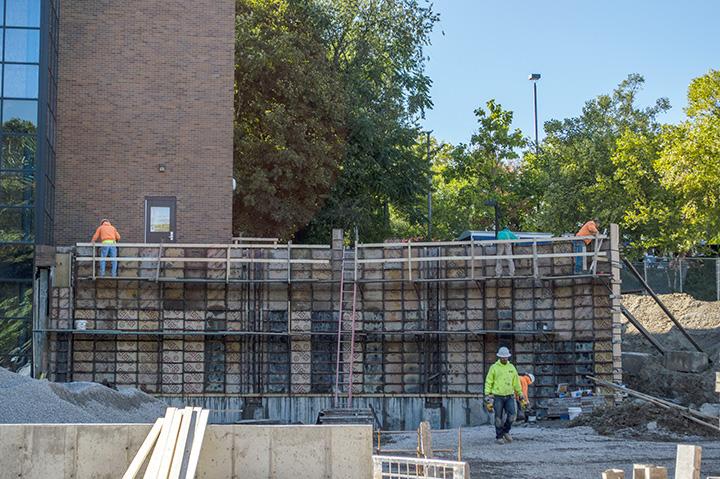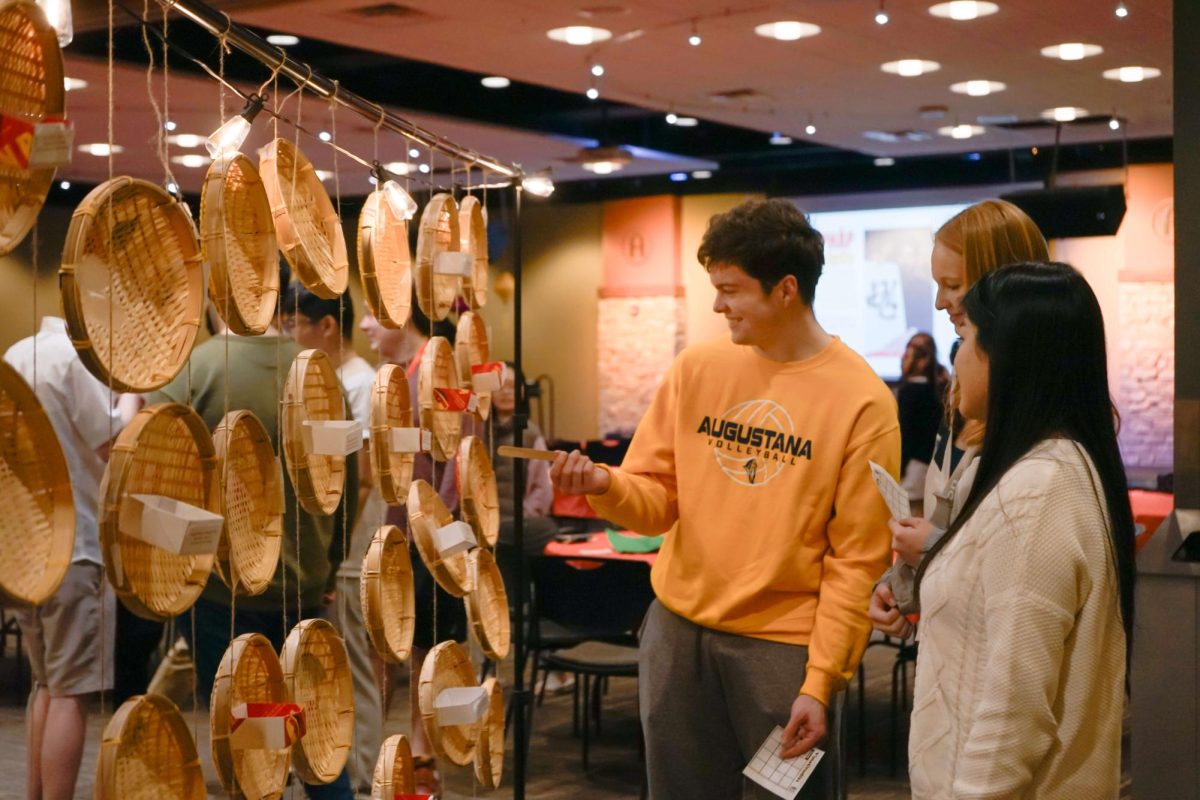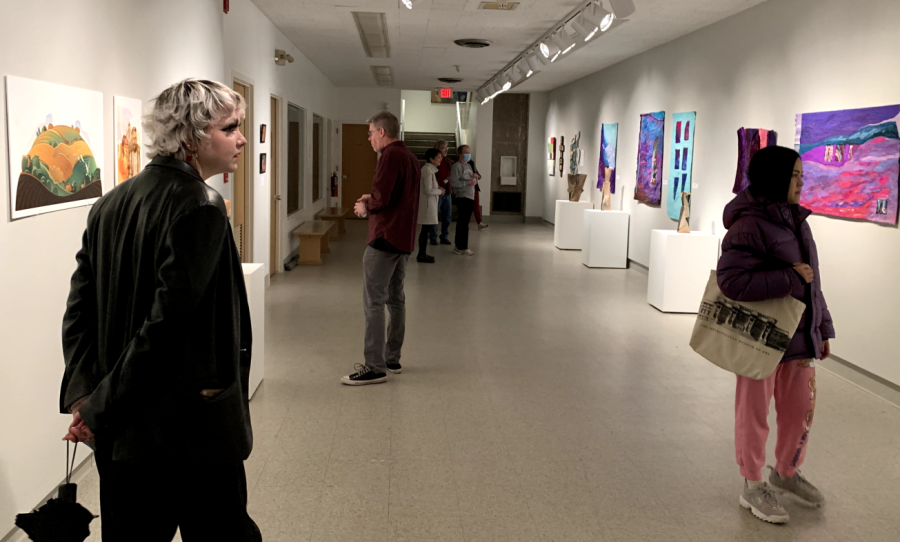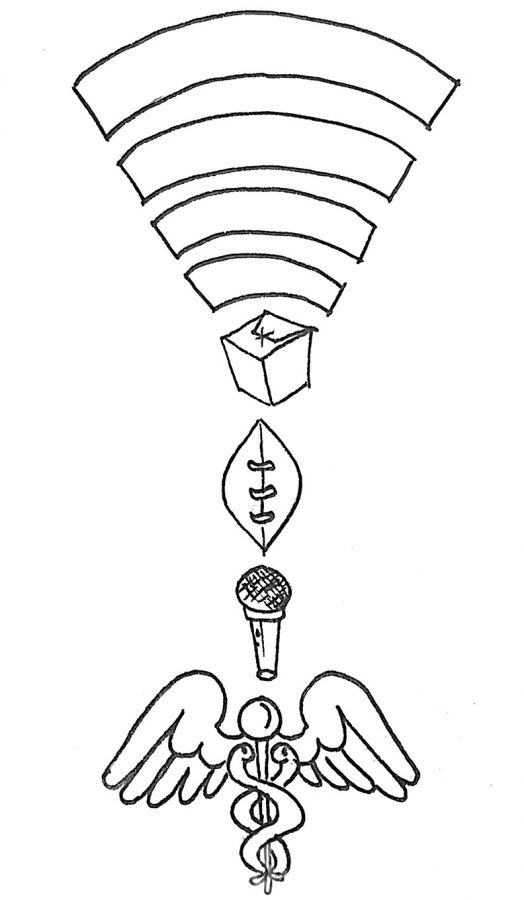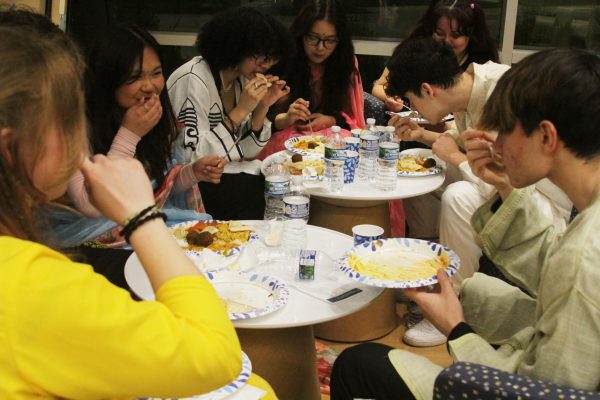Translating Classics to Mandarin
November 5, 2021
Translating from Latin to Mandarin is a crucial yet difficult task, given the linguistic unfamiliarity between Latin and Chinese languages. Dr. Jinyu Liu, professor at Depauw University, presented the ways in which the message from the original source can be successfully conveyed in the translated version. This presentation is informed by her project on translating the classics of Ovid’s Lamentation into Mandarin.
Based on information from Augustana’s website, Liu’s presentation is part of Augustana classics department series, “the antiquity in the new millennium.”
One of the primary purposes of hosting this series is to bring more diversity and inclusivity to classics studies, said Dr. Kirsten Day, professor and chair of Augustana’s classics department.
According to Day, classics is usually associated with the western world, which feeds into an East-West division. She believes that this East-West division is problematic and has racist undertones that are not always intentional but embedded in reaffirming exclusivity.
“The lecture series is intended to bring new scholarship and classics to the public with particular emphasis on issues of diversity and inclusion. That’s something we really want to be emphasizing these days. In classics, in particular, there is a real need to do that,” Day said.
Given the role which cross-cultural translation plays in intercultural awareness, Liu’s work is critical to this significant goal of the Augustana classics department.
“Cross-cultural translation promotes intercultural awareness in two meaningful ways: it reduces misunderstandings between cultures and enriches cultures,” Liu said. “Translation is a dynamic process. There is no such thing as a word-for-word translation, and the translator has a lot of decisions to make.”
According to Liu, translators face two challenges: being self-aware that the translated word does not necessarily match the source language or, on the other hand, subconsciously integrating an incorrect translation of the source language.
Liu explains that the first error is not as complicated as the second because the translator is aware of the mismatch between words and can be easily addressed. This conscious mismatch can be addressed by “making a note that tells the readers that you have realized that these two words do not match, and explain why,” Liu said.
To address the second complicated challenge, she and her colleagues provide feedback on each other’s work in order to spot arrows unknown to the translator and to get unanimous perspectives before using a particular term for the target language. Additionally, there is a public online forum where translators receive constructive criticism on working projects.
According to Liu, she was happy when the students emailed her afterward and shared that they had learned that translation is not a straightforward process.
The translation of classic languages to Mandarin, or even English, reduces the effect that language barriers have on learning about other cultures and experiences.
According to Liu, translating Latin into Mandarin is very important because there is less familiarity with Roman or Latin literature among the Chinese. But, with European and North American countries, there is more exposure to Latin among ordinary people.
Day shares a similar view and said that such translation contributes to American students’ awareness of making classics more diverse and inclusive.
“It’s very important for students whose original language is Mandarin, but I also think it’s important to signal to students here in America…that we…are working across those lines…as a means of making classics a more inclusive discipline,” Day said.





